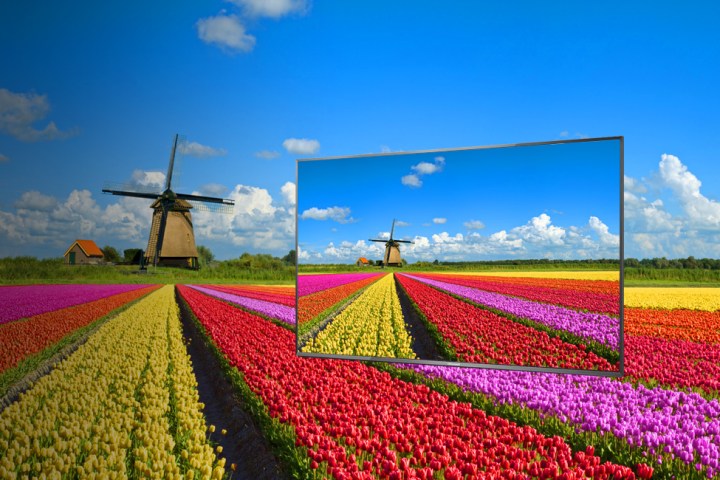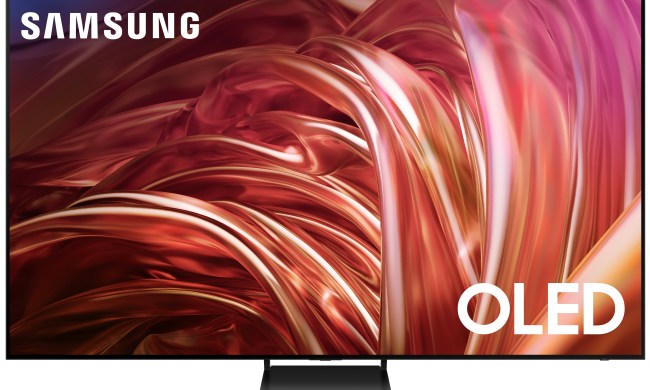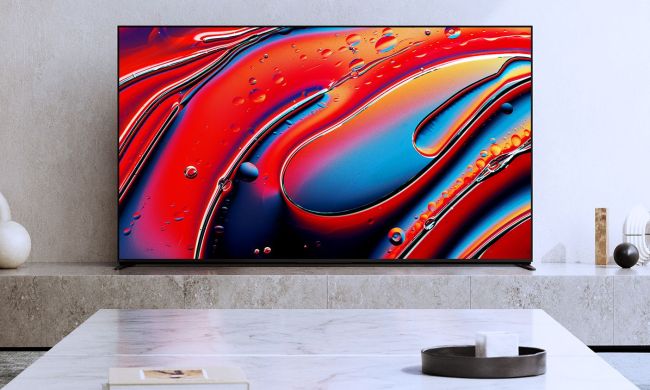
Available in Europe during October 2015, the stunning 65-inch OLED model will be priced at 10,000 Euros. At the current exchange rate, that’s roughly $11,147 in American currency. That price is nearly twice as much at the 4K OLED models currently sold by LG.
While this television is significantly priced beyond the budget of the average American household, the director of Panasonic’s HDTV division, Masahiro Shinada, was optimistic about price reductions over the next few years.
When asked about the price eventually becoming affordable, Shinada said “Probably within two or three years…I’m very confident panel cost will go down. Last year, the panel suppliers’ yield was very, very low level. But currently this ratio is now growing.”
Shinada also mentioned that Panasonic will produce a flat version of the CZ950 OLED television after the launch of the announced model. It’s only available in a curved design at this time, a trend that consumers are responding to in a “tepid” fashion according to Shinada.
Interestingly, the CZ950 will use the Firefox OS as the operating system to run all smart television functions. The operating system was originally announced at CES 2015 in a video demonstration and demoed in person at Panasonic’s 2015 Convention in Frankfurt. The operating system also comes with a smart voice assistant, called Xumo Guide, for content discovery. It’s likely that this feature will make it into the flagship OLED model as well.


